Sahiyo’s new book club officially launches in October
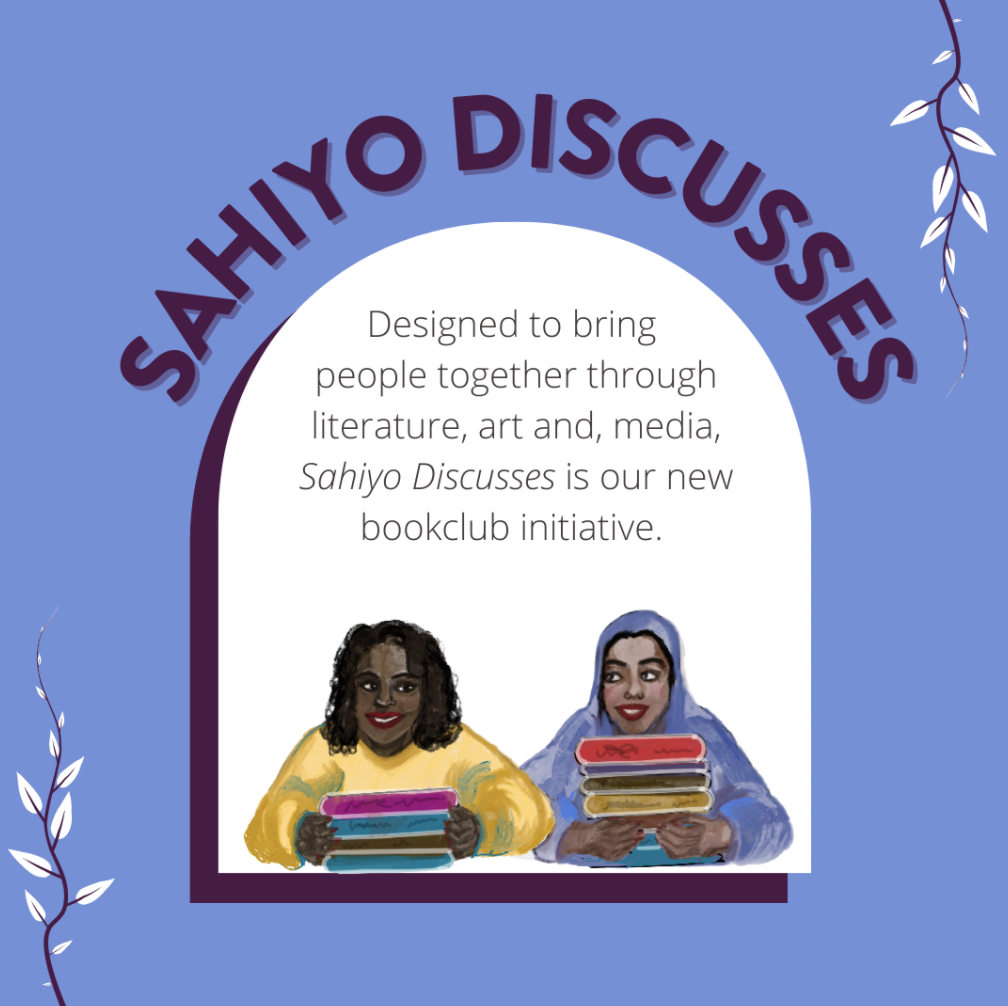
Event: Sahiyo Discusses: Seven by Farzana Doctor Date: October 13th, 2021 Tme: 8 pm EST Registration Link: https://www.flipcause.com/secure/cause_pdetails/MTI0Mzc5?mc_cid=58973cee37&mc_eid=UNIQID Starting this October 2021, Sahiyo is officially launching our book club, Sahiyo Discusses, with our inaugural event, Sahiyo Discusses: Seven by Farzana Doctor. Designed to bring people together through literature, art, and media, this club will host quarterly meetings to bring together activists and allies in Sahiyo’s network to discuss the chosen piece of media. With themes ranging from feminism, equality, bodily autonomy, women-centered movements, and sexual empowerment – this club will focus on uplifting the stories and experiences of women everywhere. Our first meeting will be held on October 13th, at 8 pm EST over Zoom. We will be joined by Farzana Doctor, who will talk about her novel, Seven. Seven explores themes of family, culture, politics, and FGM/C with a surprising ending. Sahiyo Discusses members will have the opportunity to discuss the book with Farzana as well as ask pertinent questions. Admission to Sahiyo Discusses will be on a pay-what-you-can basis, with a recommended suggested $10.00 USD donation per event. If you or anyone in your network is interested in joining us please register and donate here. Thank you all for your continued dedication to Sahiyo’s mission, and we look forward to seeing you all there!
Women should not be harmed because of societal norms
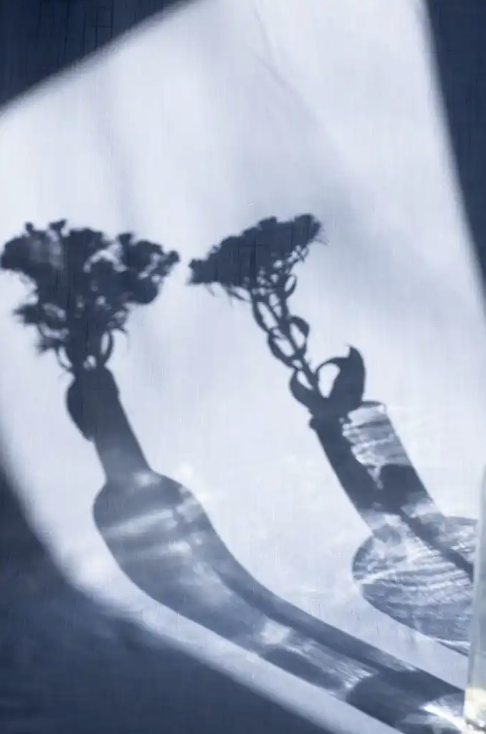
By Sakshi Rajani Age: 17 Country: India Female genital cutting (FGC): the term sounded ruthless the first time I heard it. It was not long ago that I was introduced to this term. While going through my Instagram feed, I read a story about a law student who was spreading awareness about FGC, and I was clueless about what it was. Immediately I searched this issue online and learned how serious it was. Then, I pondered why I hadn’t known about it earlier. Why had no one around me talked about it? Upon researching it further, I came to know how deeply rooted this problem was in communities and cultures. My will to do something to end it became stronger. I looked for organisations working to end FGC and came across Sahiyo. I soon joined the organisation. The first time I spoke about FGC to my friends they said, “What is that?” I wasn’t surprised by their reaction because I, too, was unfamiliar with it. I asked them to research it on their own, and then I explained more about the harms. I told them the World Health Organization and the United Nations declared FGC a human rights violation. Then I introduced them to the groundbreaking Mumkin app created by two co-founders of Sahiyo, Priya Goswami and Aarefa Johari, where my friends could learn more valuable information about this issue. What are the hurdles in encouraging abandonment of or ending FGC? FGC is also often seen as a necessary ritual for initiation into womanhood and can be linked to cultural ideals of femininity, purity and modesty. A strong incentive to continue the practice is family pressure to adhere to conventional social norms. Women who break from this social norm can face condemnation, abuse and rejection from family or community members. Patriarchal society can help perpetuate it generation after generation. Female genital cutting should stop immediately, as a woman should have full rights over her body and no woman should be harmed because of societal norms and expectations. I am now an advocate to make sure FGC ends.
Saved by a lie: A story of female genital cutting
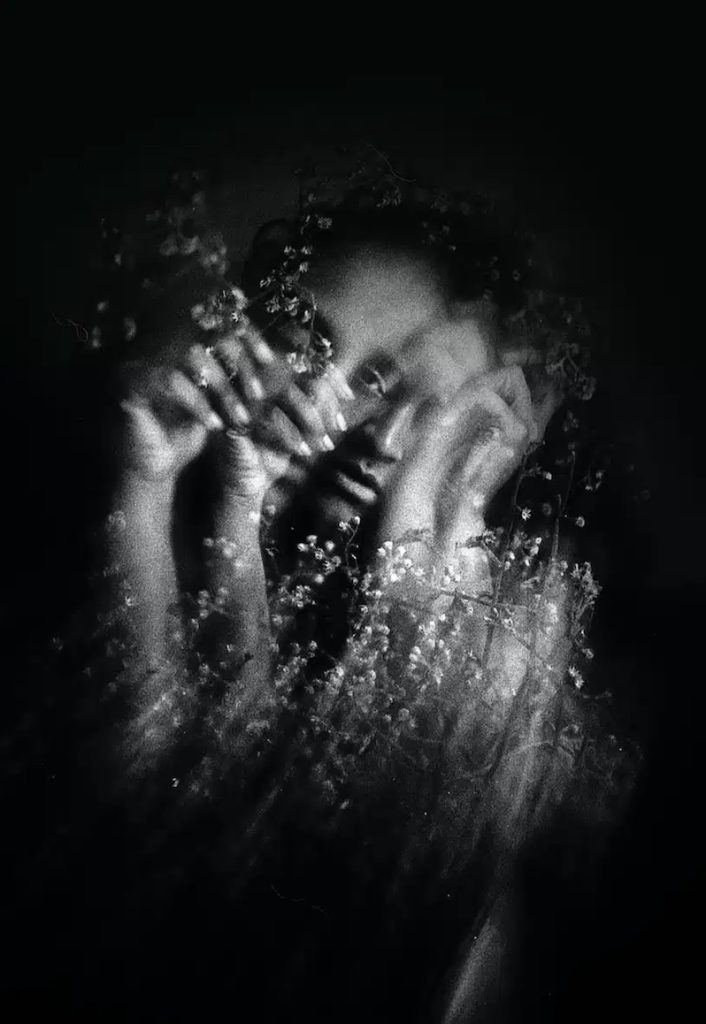
By Zainab Khambata Age: 17 Place of residence: Mumbai, India My maternal grandmother prides herself on being the perfect blend of modernity and religion. But when it came to her own daughter who is my mother, in spite of her misgivings, she still fell in line and got my mother circumcised or cut. Ask my grandmother why she did it and the reasons are numerous. Her mother asked her to do it. She lived in a joint family and all the cousins were cut. She didn’t know how to openly defy social norms and say no. The oddly mystifying voice of reason: if everybody is doing it, maybe it is the right thing to do. That is how Bohri women still continue to be cut in this day and age by their mothers and aunts and grandmothers. My mother still remembers the day she was cut as a child very vividly. She wasn’t told anything at all, simply pounced upon by her aunts and a “maasi,” or auntie, who used a razor on her. Then she was asked to rest to let the bleeding stop, given a bar of chocolate, and as a bonus, no school the next day. Life went on for my mother as usual without any mention of the incident or what had transpired. All was good and forgotten until my paternal grandmother started hounding my mom to get me cut. It was this whole maahol, or social environment, where mothers of girls my age were more than happy to play reminder and ask if I was cut yet because they had already had their little girls cut. My mom read about it and realised the physical repercussions of it, the bleeding and scarring, emotional repercussions and trauma, and in some cases, even sexual frigidity. You may never really forget what happens to you even though you are not informed about it at all. Upon inquiry, my mom never got a satisfactory answer as to why girls are cut besides the fact that it’s Sunnat, or encouraged. Some moms said it was for hygiene purposes; others said it would keep a girls’ potentially “sinful” thoughts of a sexual nature at bay. But the final straw was when she was told it may heighten mental and physical intimacy between couples. She realised then that many people have a myriad of confusing reasons to justify cutting. When the pressure became too much from my grandmother and the other moms around her, my mother resorted to the only way she knew to keep me safe, by telling everyone that the deed was already done. My paternal grandmother, who was hell bent on getting me circumcised like all my cousins to uphold her own religious morals and beliefs, made it a point to cross-check with my maternal grandmother whether I was truly cut. My maternal grandmother was smart enough to say yes, mostly to atone to my mom and not let history repeat itself for the sake of my bodily autonomy. In this way, my paternal grandmother was satisfied and she let it rest once and for all. My mom had actually managed to prevent my cutting by telling everyone I had undergone the practice. Ingenious or devious? No matter what, I am grateful.
Sahiyo staff join panel on FGM/C with Drexel University faculty and students
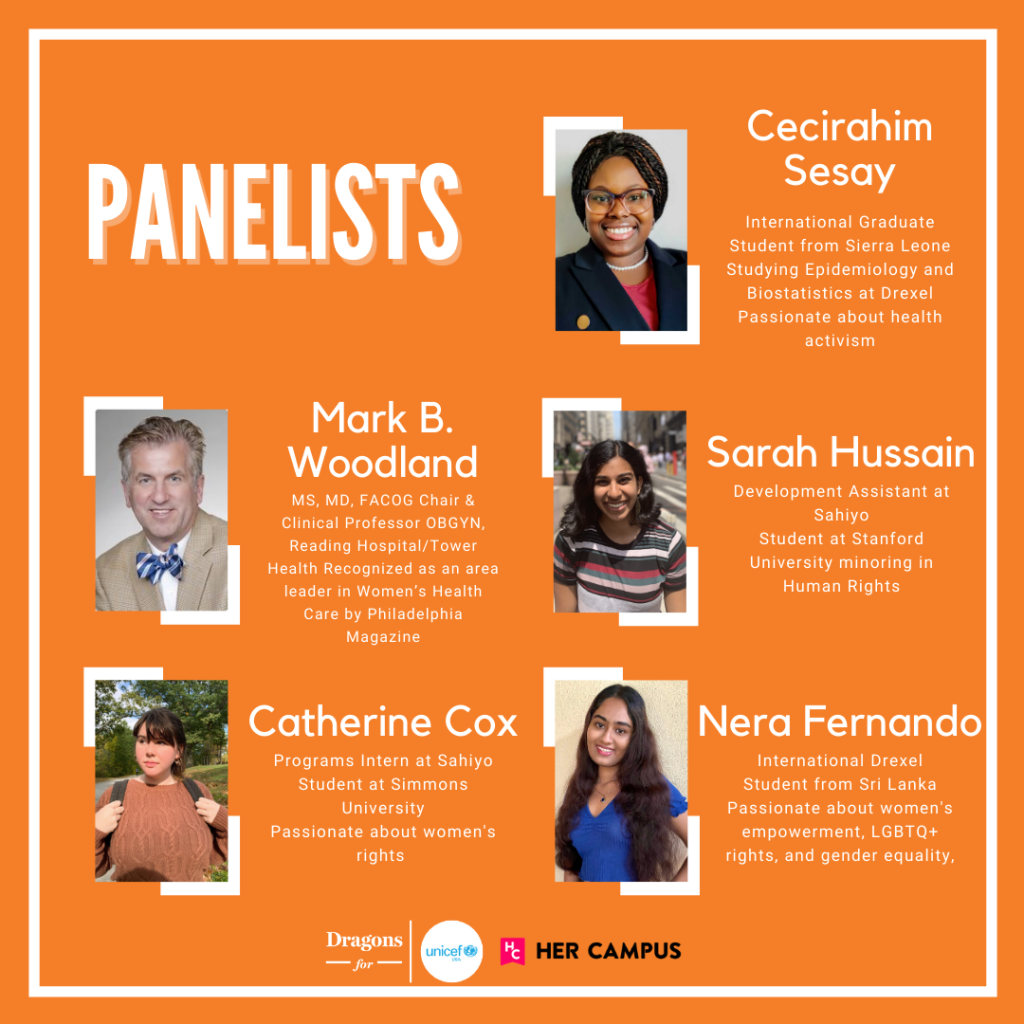
On March 29th, Sahiyo’s Development Assistant Sarrah Hussain and Programs Intern Catherine Cox were invited to speak at a panel discussion on female genital mutilation/ cutting (FGM/C). Hosted in partnership with the UNICEF Unite Club at Drexel University, this panel featured three other speakers: Mark Woodland, M.D., activist Cecirahim Sesay, and activist Nera Fernando. Dr. Woodland is a professor and chair of the Department of Obstetrics and Gynecology at Drexel University College of Medicine. He serves on several committees and advisory groups at the Institute for Women’s Health and Leadership. Fernando is a student at Drexel University from Sri Lanka who offered her insight from a social perspective, exploring the underlying causes of FGM/C, and what it is like living in a community where FGM/C is the norm. Finally, Sesay is also a student at Drexel University and a health-equity activist who offered her personal insight into the underlying causes of the FGM/C and community norms. Combined, this panel of amazing speakers explored the health consequences of FGM/C, living in practicing communities, and how people can become better activists and allies in empowering communities to end the practice. Dr. Woodland explained the medical effects of FGM/C and its global prevalence. Next, Sesay and Fernando used their personal stories to explore the social norms that underpin the practice. Finally, Hussain and Cox from Sahiyo explored Sahiyo’s work and activism in the past, giving the audience a framework for their own activism. They highlighted the concrete steps everyone can take in their day-to-day lives to become better advocates in ending FGM/C. Panelists took audience questions that ranged from the history of law in the United States around the issue, the role that culture plays, and how the people in the audience can take concrete steps toward activism. Overall, the panel was an eye-opening exploration of the many issues and concepts surrounding FGM/C and the movement to abandon the practice. If you are interested in having a member of Sahiyo speak at an event at your institution, please email our team: info@sahiyo.com. You can also fill out our request for an outreach presentation form at http://sahiyo.org/programs/community-outreach.html.
Utilizing Participatory Storytelling to Educate – A session at APHA 2019
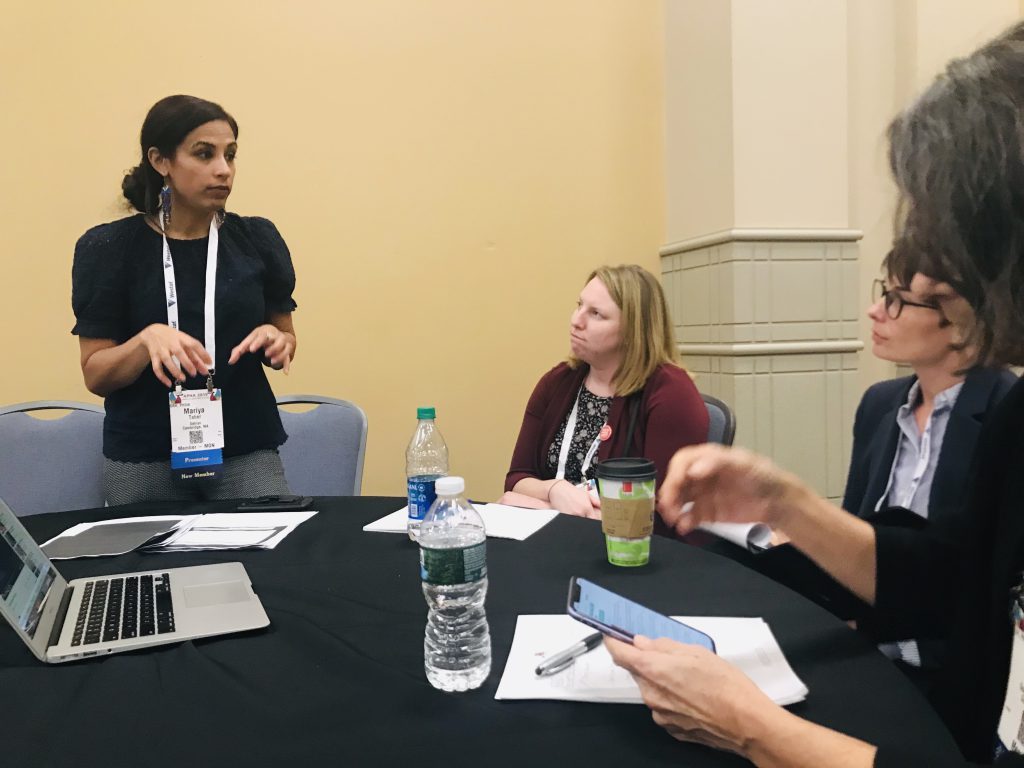
On Nov 4, 2019, Sahiyo’s co-founder Mariya Taher took part in a round-table session at the American Public Health Association’s (APHA) Annual Conference in Philadelphia, Pennsylvania to discuss the Voices to End FGM/C project. Participants were able to view a sample of the digital stories created by survivors. They were also able to learn how by utilizing participatory storytelling methods, we can educate communities, health professionals, and policymakers on female genital cutting. For more information, visit APHA’s website.
मैंने अपनी मां से मेरा खतना नहीं करने की विनती की। उन्होंने मेरी बात सुनी
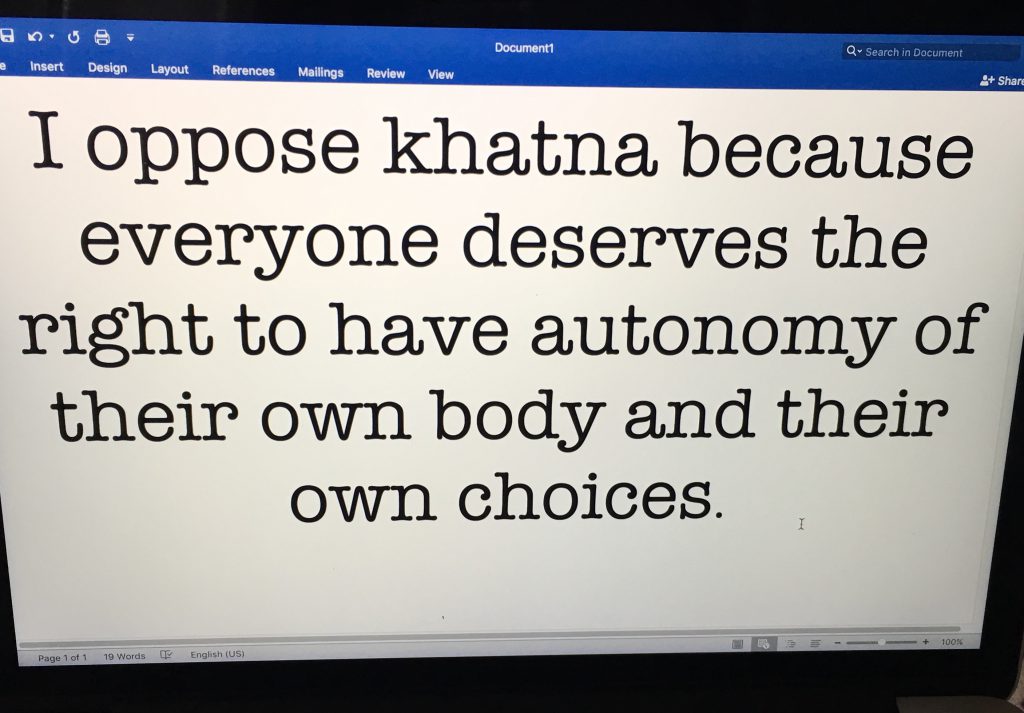
(This article was originally published in English on November 8, 2016. Read the English version here.) नाम: अज्ञात उम्र: 26 देश: संयुक्त राज्य अमेरिका शनिवार की स्कूल की क्लास में मैंने पहली बार इसके बारे में सुना। एक पुरुष शिक्षक उस शनिवार की सुबह हमारी क्लास में पढ़ा रहे ते, और विषय था खतना। उस 14 वर्ष की उम्र में, मुझे वास्तव में पता नहीं था कि इसका मतलब क्या है, लेकिन मुझे पता था कि इसमें कुछ ऐसा शामिल था जो यौन-शिक्षा से संबंधित था। मैं शर्मिंदगी भरी स्थिति में कमरे के दाईं ओर लड़कियों के साथ बैठी थी, और लड़के कमरे के बाईं ओर बैठे थे। शिक्षक ने पुरूष खतना के बारे में बोलना शुरू किया; कहा कि उसमें त्वचा को सर्जरी के द्वारा हटा दिया जाता है, स्वच्छता के लिए। उसके बाद उन्होंने महिला खतना के बारे में बताया; कि यह एक लड़की की यौन इच्छा पर अंकुश लगाने के लिए किया जाता था। लड़कियों को पवित्र, शांत और आज्ञाकारी बनाना था। छोटी लड़कियों का खतना करना उन्हें असंयमित होने से बचाने का एकमात्र तरीका था। यह उनके परिवारों को शर्मिंदा होने से रोकने का एकमात्र तरीका था। मुझे याद है कि वहां बैठकर मुझे पता नहीं था कि मेरे शिक्षक किस बारे में बात कर रहे हैं। मुझे यकीन था कि मैं कभी भी इस प्रक्रिया से नहीं गुज़री थी। मैं उस दिन उस कमरे में बैठी हुई बहुत असहज और अशांत महसूस कर रही थी। मुझे याद है कि उसी शनिवार को हम सहेलियां क्लास की एक बड़ी लड़की के घर रहने गए थे, जहाँ पर उस दिन क्लास में जो सुना था उस विषय पर बात होने लगी। मैं चुपचाप बैठी रही जब एक दूसरी लड़की ने समझाया कि यह प्रक्रिया लड़कियों पर क्यों की जाती है, कैसे यह हमें बेहतर मुसलमान और बेहतर बोहरा बनती है, क्योंकि खतना यह सुनिश्चित करता है कि हम में यौन इच्छाओं और विवाह पूर्व संभोग की चाह नहीं जगेगी। खतना ने हमें पवित्र किया था, हमें शुद्ध किया था। मैंने गौर से सुना जब अन्य लड़कियों ने अपनी खतना की कहानियों बताई। मुझे धोखा महसूस हो रहा था क्योंकि मुझे पता था कि मैं कभी भी इस “ज़रूरी प्रथा” से नहीं गुजरी थी। उस वक़्त मुझे इस ‘ज़रूरी प्रथा’ का सही मतलब नहीं पता था। मेरी समझ में सिर्फ यह आ रहा था कि मै उन लड़कियों के जैसी नहीं थी, कि मैं एक “बुरी लड़की” थी, कि मैं गंदी थी, और मैं सिर्फ एक अच्छी मुस्लिम होने का नाटक कर रही थी। मुझे याद है कि आखिरकार कुछ हफ्तों बाद मैंने अपनी माँ से इसके बारे में पूछने की हिम्मत जुटाई। उम्मीद भरी आवाज़ से मैंने उनको पूछा कि क्या मेरे साथ यह हुआ था, और बस मुझे याद नहीं था? उनका चेहरा बदल गया । उन्होंने अपना सिर हिलाया। जब हम भारत में थे तब उनको हमेशा मेरे मेरा खतना करवाना था, लेकिन कभी मौका नहीं मिला। मैंने उनको अपने दोस्तों से सुनी हुई कहानियाँ सुनाईं और उनसे पूछा, क्या वह मुझे इस प्रक्रिया को समझा सकती हैं, क्योंकि मुझे अपनी क्लास में इसे समझने में परेशानी हुई थी। उन्होंने मुझे खतना की प्रक्रिया समझाना शुरू किया; कैसे एक लड़की के भगशेफ या क्लाइटोरिस से त्वचा को हटाया जाता है, उसे पवित्र और शुद्ध बनाने के लिए। जैसे ही मैंने पूरी बात सुनी, मैं डरकर पीछे हट गई। उन्होंने मुझे कुछ मिनटों तक देखा, और फिर अधिकार के साथ कहा कि अगली बार जब हम भारत जाएंगे, तो वह मुझे मेरी चाची, जो एक डॉक्टर हैं, उनके पास ले जाएँगी जो मुझ पर खतना करवाएंगी। मैं उनके सामने अपने घुटनों के बल बैठ गई, उनसे भीख माँगते हुए कि मेरे साथ यह न करें, भीख माँगते हुए कि इस अकल्पनीय दर्दनाक प्रक्रिया से ना गुजरने दें। मैंने उनसे वादा किया कि मैं अच्छी रहूँगी, मैं स्वच्छ रहूँगी, मैं वह कुछ भी करूँगी जो वह चाहती थी अगर वह इस पूरी बात को भूल जाएँगी। उनहोंने सिर्फ इतना कहा कि “हम देखेंगे।” मुझे याद है बड़े होते हुए, मैं खतना के बारे में और अधिक शोध करती रही यह जानने के लिए कि आख़िर यह होता क्या है। एक बार मेरे चचेरे भाई ने बड़े जोश से बताया कि यह कितना गलत है। तब मुझे एहसास हुआ कि मेरी माँ ने मुझे कितने बड़े नुकसान से बचाया है। आज मैं खतना को बहुत अलग नज़र से देखती हूँ। कई युवा लड़कियों से उनका चुनने का अधिकार छीन लिया गया है। किसी ने उनसे नहीं पूछा कि क्या वे खतना कराना चाहते हैं। उनके परिवारों ने उनके अस्तित्व के एक हिस्से को चुराने का फ़ैसला कर लिया, इस बारे में कोई परवाह किए बिना कि इसका उन पर क्या असर होगा, और अक्सर अपनी अनमोल छोटी बच्चियों को अस्वच्छ और अनुभवहीन हाथों में देने का निर्णय लिया। मुझे याद है कि महीनों पहले एक बड़ी फेसबुक चर्चा खुलकर बाहर आई, जिसमें मेरे पहचान की एक बहुत ही मुखर लड़की ने खतना के खिलाफ आंदोलन करने वालों पर पर आरोप लगाया कि वे बोहरा समुदाय की “गंदगी” को पब्लिक में बाहर ला रहे थे। उस पल के पहले मैंने अपने समुदाय के किसी व्यक्ति पर इतनी शर्म महसूस नहीं की थी। यह प्रथा गलत है, और इसका गैर-रजामंदी वाला स्वरूप मेरे लिए इसे और भी दिल दहलाने वाला और निंदनीय बनाता है। जब आपका समुदाय कुछ ग़लत कर रहा है, और इसे पैगंबर (अल्लाह उनको शांति दे) द्वारा सिखाई गई एक धार्मिक प्रथा के रूप में बता रहा है, तब आप इससे छिपकर भाग नहीं सकते हैं। आपको बहस करने के लिए मुँह खोलना पड़ेगा और चर्चा करना होगा कि हम एक समुदाय के रूप में बेहतर कैसे बन सकते हैं। आपको चर्चा करना होगा कि हम अपने समुदाय की युवा लड़कियों और युवा महिलाओं की सुरक्षा कैसे कर सकते हैं। एक वैश्विक समुदाय होने के नाते हम इसे रोकने के लिए बहुत कुछ कर सकते हैं। मेरी मां ने मुझे बचाया था। उन्होंने मेरे लिए अपने प्यार को सबसे पहले रखा, और आज उनकी वजह से मैं एक पूर्ण महिला हूँ। मैं उनकी सुरक्षा और मार्गदर्शन के
Missing Link
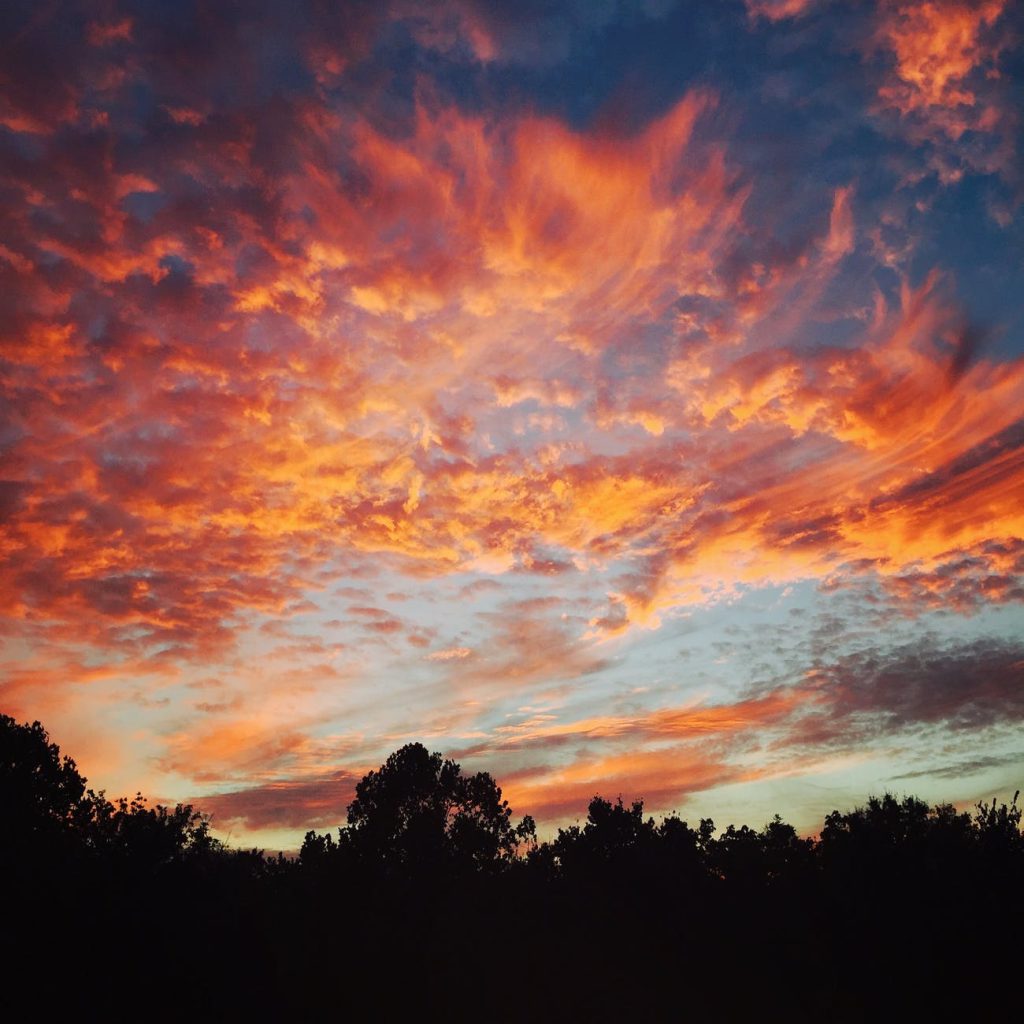
Missing Link By Anonymous No cuts, no wounds, but deep empathy for my sisters.I came to NY for the 4th time but for an entirely different circumstance. Being part of the Bohra community, I have made countless connections, some of who have been integral in my life. Yet, I still felt distant from the community that often lacked logic and ran high on emotion. Weird though, since I am kind of the same way at times.Learning about FGM for the first time at 14, everything shifted. I have always had an ability to empathize with others, but this was something utterly outside of my scope. I bowed my head and accepted that I will never understand the magnitude of this trauma,but I can surely become part of a movement and advocate alongside. I can use my voice.I can use my ability to empathize as a tool to heal the traumatic wounds. The 2nd annual Sahiyo Retreat was nothing short of inspirational bliss.I felt recharged.I felt motivated.I felt empowered.To hear each survivor’s story and understand ways to take action–it has become a movement.A movement that I want to walk with. While energy can subside, the power of one weekend still buzzes in my heart. Knowledge, trauma, empowerment, change, community- all wordsThat have taken on a new meaning entirely. As I wait for the next retreat, I continue to ask my selfWhat can I do, learn, ask different every dayto continue to be well-informed and a trueactivist. Thank you, SahiyoFor bestowing this buzz of energyAnd for helping me connect themissing linkof emotion and logic.And that link isSISTERHOOD.
Sahiyo Stories Shown at Reconference In Nepal
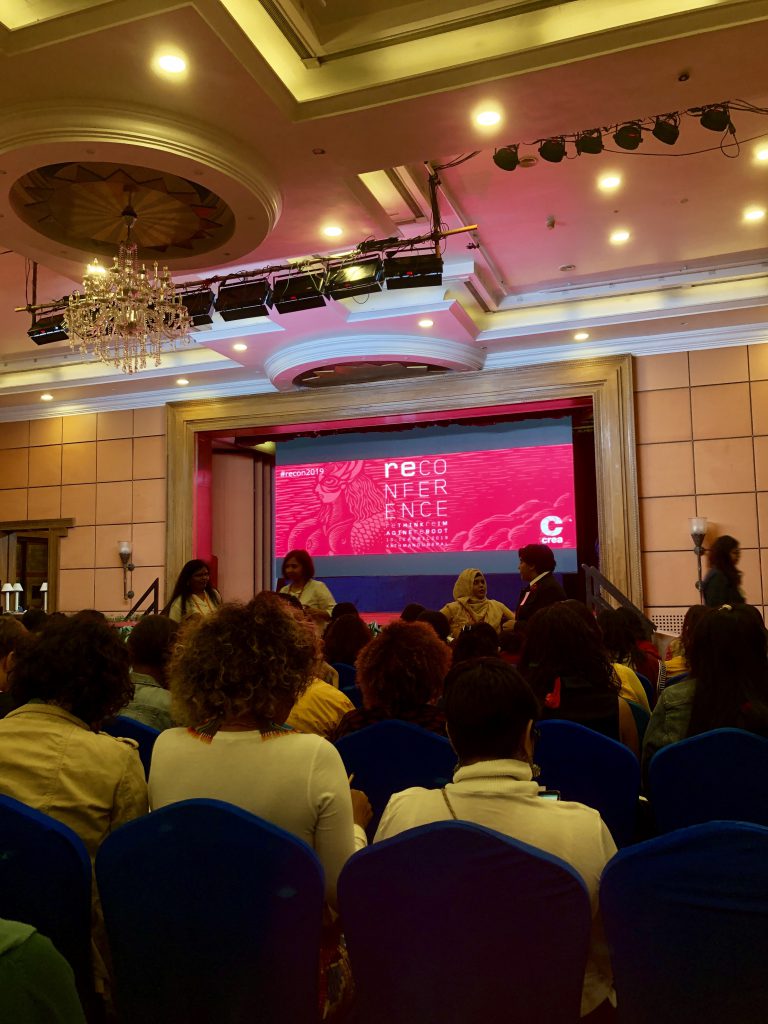
From April 10 to 12, Sahiyo co-founder Mariya Taher attended Reconference, a three-day conference hosted by CREA, to address today’s most challenging socio-political issues and their intersections with feminism, art, and technology by rethinking, reimagining, and rebooting how to build an inclusive feminist vision of justice. Sahiyo Stories, a digital storytelling project organized and created by Sahiyo and StoryCenter, was selected to be part of Day 2 of Reconference, and Mariya presented the collection of 10 digital stories created by women living in the US who had undergone female genital cutting (FGC) or had family members who had undergone it, in order to highlight that FGC is a global issue affecting women of all different backgrounds. Her workshop was the only one highlighting FGC at the three-day conference.
Sahiyo Stories screened at Academy of Communications in Healthcare Workshop
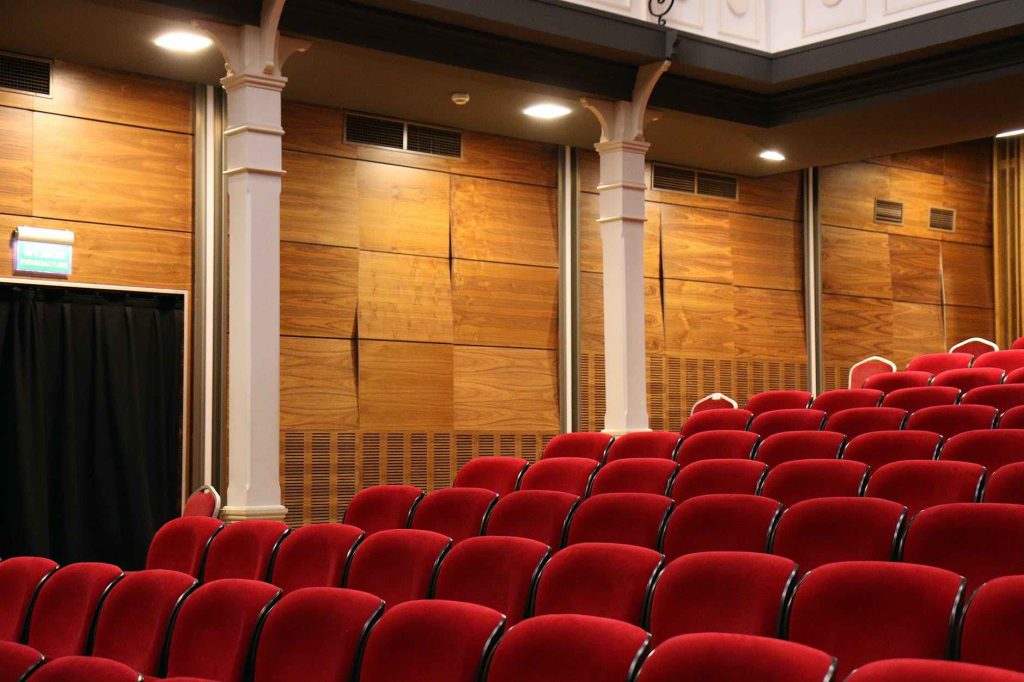
By Renee Bergstrom, EdD On January 30, 2019, I presented the workshop: Patient Engagement through Brief Focused Videos featuring the Sahiyo Stories at the Academy of Communication in Healthcare (ACH) Winter Course in Scottsdale, Arizona. ACH endeavors to promote empathy and better communication among health care providers, patients and families. I prepared throughout my adult life to someday share my story to advocate to end female genital mutilation/cutting (FGM/C). This groundwork included learning through formal education, plus strengthening the emotional, social and spiritual foundation of my being. The purpose in showing the Sahiyo videos was two-fold: to promote deeper understanding of female genital mutilation’s impact on survivors, and to discuss the storytelling process and the feasibility of ACH engaging patients’ trauma stories through focused videos. Three women attended the workshop I hosted, including the president of the organization who is a nurse midwife. After the workshop, their evaluations were positive. “I think this was a powerful video that was personal to Renee,” a participant said after watching my video. “It provided an example of what might be possible to create for patients through ACH. That would be an entire different brainstorm session. This video was so impactful that it was hard to move on in this session.” “Pre-work (writing story) was very helpful and heightened my receptivity/engagement.” I found it crucial to share Sahiyo’s work with the very caring doctors and nurses who are fellow faculty members and have placed the link to the Sahiyo stories on the ACH library page. Renee Bergstrom, EdD, is an educator who advocates for relationship-centered medical care. She and her husband, Gene, have been married 53 years. They have three children, ten grandchildren and one great-grandson. They live in a dynamic art town in midwest America where they are very involved in the community. Renee has been an advocate for women’s justice throughout her life.
Speaking the truth about my experience with female genital mutilation
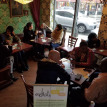
By Anonymous (Anonymous is one of our Sahiyo Story participants who continues to use her voice to advocate for change on female genital cutting.) At the Pro-Voice storytelling event at the Frogmore in Boston on March 31, there were three storytellers, including myself. The event was organized by Rev. Susan Chorley to contradict the narrative of shame, judgement, and stigma directed at women’s bodies and women’s lives. It was intimate in the sense that we created a small circle and we also paired in groups to engage in discussion with the attendees after each storyteller presented their piece. I was the second storyteller. I told the crowd I experienced female genital mutilation (FGM) when I was five, but I didn’t really process it until I was thirteen. It took me many years to understand it and its impact on my life. I speak about it because I don’t want to be silent anymore. For me, I’m still getting the hang of storytelling and so I was nervous when I first got up, but the feedback I got after the event was over made me glad I shared my story. A lot of the attendees were shocked to learn about the prevalence of FGM around the world and how many women it affects. One woman in particular stated that she was unaware that such a practice was happening here in the United States, and they were shocked to find out that it impacted so many girls around the world. During our small group conversation after my speech, we discussed a cultural or family practice we would undo for our people or community and how it would change our lives. I gave a brief example of a 10-year-old girl who died as a result of FGM in Somalia last July. I stated that I wanted to undo this practice so that innocent lives do not have to suffer like the girls who’ve died because of FGM, and many other girls who will potentially experience it. When each storyteller told their story, the attendees would write something positive on three cards for the storyteller, which they would get to take with them at the end of the event. After the last discussion, Rev. Chorley, who is also the Executive Director of Exhale, thanked the storytellers, attendees, volunteers and gave storytellers a book along with cards Overall, I was happy to share my story with the general public, I didn’t expect to receive so much positive feedback. One woman in particular I remembered stated that she was moved by my story. After the event was over people were networking. This older American woman came up to me and stated that she was not ready for the story I told. She was in disbelief that this had happened to me and thanked me for sharing my story and bringing awareness to such a private and intimate practice. This moment in particular made me realize why it was important to tell my story of surviving FGM. She added that hopefully what I am doing can bring change for girls.
